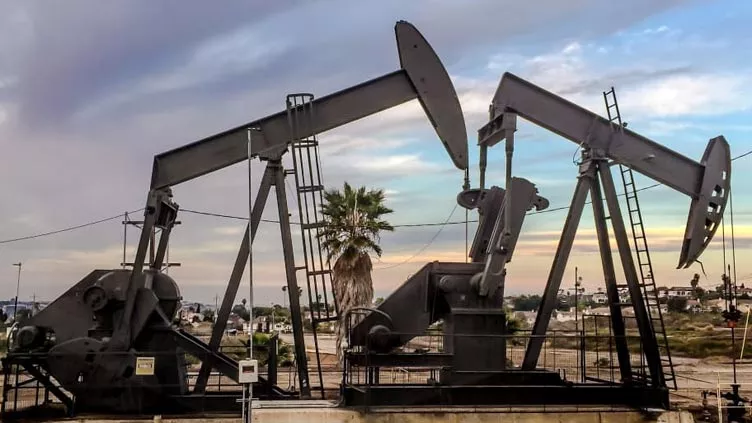WEB DESK, June 29(ABC): Oil prices fell on Wednesday after rising in the previous three sessions but losses were limited to the view that global supply tightness will continue as there is limited room for major producers such as Saudi Arabia to boost production.
U.S. West Texas Intermediate (WTI) crude futures slid 44 cents, or 0.4%, to $111.32 a barrel at 0150 GMT, giving up earlier gains.
Brent crude futures for August dropped 61 cents, or 0.5%, to $117.37 a barrel, also reversing an earlier gain. The August contract will expire on Thursday and the more-active September contract was at $113.14, down 66 cents, or 0.6%.
Both Brent and WTI rose more than 2% on Tuesday as concerns over tight global supply outweighed fears of that demand may slow in a potential future recession. The agreement by the Group of Seven economic powers to explore ways to cap the price of Russian oil also underpinned the market sentiment.
“Investors made position adjustments, but remained bullish on expectations that Saudi Arabia and the United Arab Emirates would not be able to raise output significantly to meet recovering demand, driven by a pick-up in jet fuels,” said Hiroyuki Kikukawa, general manager of research at Nissan Securities.
“Oil prices will likely stay above $110 a barrel, also on worries of potential supply disruptions due to hurricanes as the United States enters the summer,” he said.
Saudi Arabia and the UAE have been seen as the only two members of the Organization of the Petroleum Exporting Countries (OPEC) with spare capacity to make up for lost Russian supply and weak output from other member nations.
But UAE Energy Minister Suhail al-Mazrouei said on Monday the emirate was producing near the maximum capacity of its quota of 3.168 million barrels per day (bpd) under the agreement with OPEC and its allies, together called OPEC+.
His comments confirmed remarks by French President Emmanuel Macron who told U.S. President Joe Biden on the sidelines of the G7 meeting that the UAE was producing at maximum capacity and that Saudi Arabia could increase output by only 150,000 bpd, below its nameplate spare capacity of around 2 million bpd.
OPEC’s oil revenue surged in 2021 as prices and demand recovered from the worst of the COVID pandemic, while the number of its members’ active rigs posted a modest rebound and newly completed wells declined, data from the group showed.
Analysts also warned political unrest in Ecuador and Libya could also tighten supply further.
Inventory data in the U.S. did provide some sense of improving fuel supply though. Stockpiles of gasoline for the week ending June 24 rose by 2.9 million barrels and distillate fuel supplies increased by 2.6 million barrels, according to market sources citing American Petroleum Institute figures on Tuesday. However, crude inventories fell by 3.8 million barrels.
U.S. crude inventories are forecast to have fallen for the last two weeks, according to Reuters polls. The government’s weekly petroleum status report last week was delayed due to a hardware issue. The data for both weeks will be published together on Wednesday.

